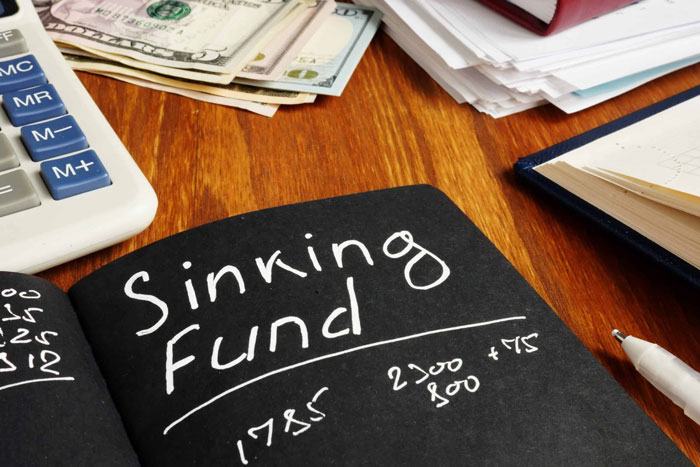All About Sinking Fund
Triston Martin
Feb 20, 2024
For businesses that have issued bonds, a sinking fund allows them to save money over time and avoid paying a hefty sum at maturity. A sinking fund provision is included in terms of some bonds. Using the sinking fund, the issuer may be able to redeem a bond early at a specified date in the bond prospectus.
Although the sinking fund helps corporations ensure that they have enough money to pay down their debt, they may also utilize the proceeds to repurchase preferred shares or outstanding bonds.
Types Of Sinking Bonds

1. Lower Default Risk
A sinking fund provides investors with additional security when purchasing corporate bonds. There is less chance of default on the money payable at maturity because funds have been set aside to pay off the bonds. A sinking fund reduces the amount owed at the end of the term. In the case of the company's insolvency or default, a sinking fund provides investors with some protection. More investors will buy bonds issued by companies with sinking funds because they can assuage default fears.
2. Creditworthiness
Bond interest rates tend to be lower since a sinking fund provides additional security and reduces the chance of default. Thus, a favorable credit rating can occur for the company's debts due to its reputation. If a firm needs to issue extra debt or bonds, having a good credit rating increases the demand for the company's bonds from investors.
3. Financial Impact
Over the long term, lower interest rates mean cheaper debt-servicing expenses, which improves cash flow and profitability. Investors are more likely to buy the firm's bonds if it is doing well, which increases demand and increases the possibility that the company can secure additional funding if it is in need.
4. Callable Bonds
There are times when the corporation can retire or pay down a portion of its bonds early, utilizing the company's sinking fund. There is a call option contained in the bonds, which allows the issuer to "call" or buy back the bonds at a later date. For example, the prospectus for a bond issue can explain how the callable feature works, such as when the bonds can be redeemed and at what price. In most cases, only a small percentage of bonds are redeemable, and those redeemable bonds are picked at random from a pool of all the outstanding bonds.
The call value of a callable increases with the earlier it is called, with those called later having a lower call value. An investor may receive $1,020 for every $1,000 in face value if the price of the callable bond drops to 101 after a year, for example.
A reduced interest rate on new debt might be issued if interest rates fall after issuing the bond. The corporation pays down the callable bonds with the proceeds of the second issuance.
A drop in interest rates would lower the face value of bonds, which means that they would be worth less than they are now. The corporation that buys the bonds from investors and then redeems them at face value may be able to call the bonds in this situation. Investors would see a reduction in long-term returns due to the loss of some of their interest payments.
Sinking Funds Accounting in the Workplace

When it comes to a company's balance sheet, a sinking fund is often recorded as a noncurrent asset, which is another way of saying "long-term asset."
To purchase new plants and equipment, capital-intensive companies typically issue long-term bonds. As a result, oil and gas companies are capital intensive since they require a large quantity of capital or money to sustain long-term operations like oil rigs and drilling equipment.
Sinking Fund Example in the Real World
Bonds are a sort of long-term debt that ExxonMobil Corp. (XOM) issued for US$20 billion. Bondholders expected interest payments to be made every two years. Each year, $4 billion must be deposited into the company's sinking fund, which is used to pay down the company's long-term debt. $12 billion of the $20 billion in long-term debt ExxonMobil owed had been paid off by the third year.
After five years, if the company hadn't set up a sinking fund to pay down the debt, it would have needed $20 billion from profits, cash, or retained earnings. As a result, they would have had to pay five years of interest payments. It's possible that Exxon would have been unable to make its debt payment if economic conditions worsened or the price of oil fell.
Using a sinking fund to pay off a firm's debt sooner rather than later saves money on interest and keeps the company from going into financial trouble. With the sinking fund available, ExxonMobil can borrow additional funds as needed.
After three years, in our example, let's say that we need to issue another bond. Since only $8 billion of the original $20 billion in debt remains, the corporation is likely to be able to borrow more cash because of its strong track record of paying down its debt early.







